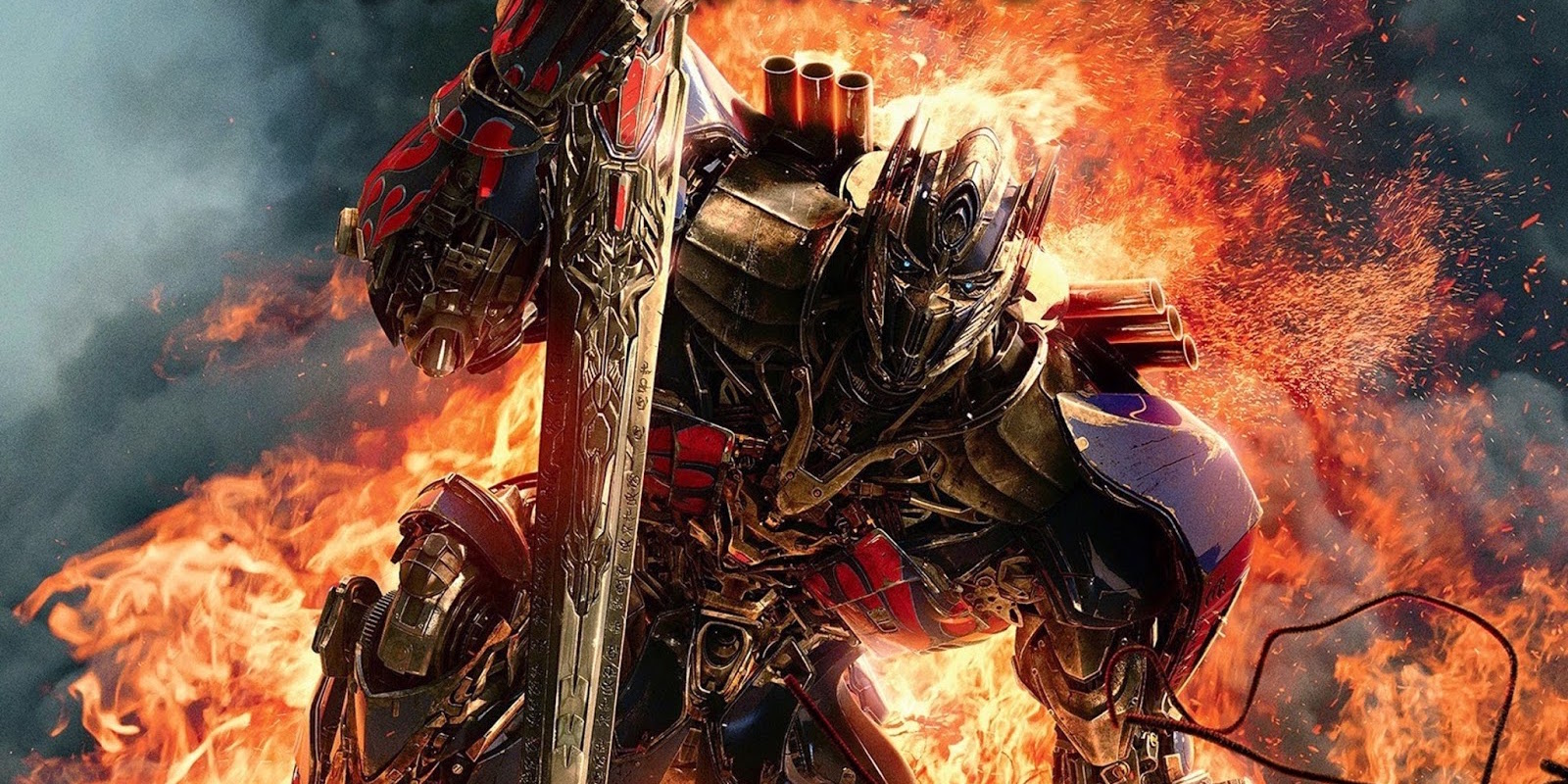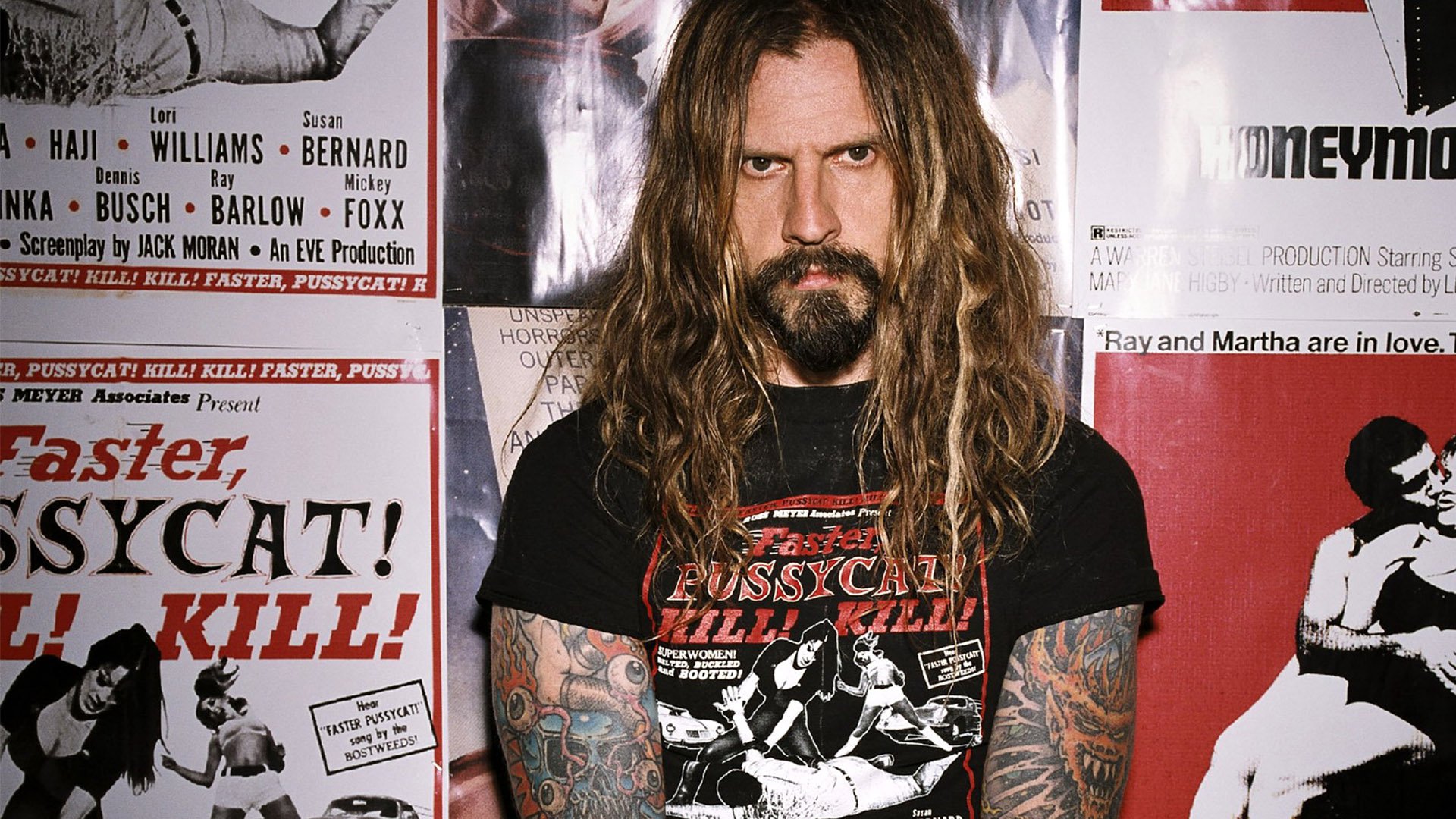Abandon all hope ye who thought a fifth Transformers film would be any more coherent or less preposterous than the four franchise films that came before it. The Last Knight is a film so wrought with undeveloped subplots and jagged, largely pointless asides that it often feels more like the world’s longest trailer than a proper motion picture. Michael Bay has crafted what is easily his most elaborate film to date, but anyone hoping to discover some substance beneath the inarguably incredible stylized CGI mayhem will be sorely disappointed.
Beginning with King Arthur and a comically inebriated Merlin, Transformers: The Last Knight jumps from the ancient past to the present day where life Earth has changed once again in response to the robots who fell out of the sky. More Transformers are arriving every day, and despite the fact they have been deemed illegal on Earth they continue to remain on our planet. The majority of life seems to be back to normal since the events seen in 2014’s Age of Extinction, but there are now quarantine zones where the Transformers who died in previous battles now rest beside smoldering debris. It seems as if all of humanity has forgotten when the Autobots fought alongside the people of Earth, and with Optimus Prime still searching for his creator there is no one left to bridge the widening gap between species.
We find our beloved Texan by way of Boston inventor Cade Yeager (Mark Wahlberg) living a life on the run from those tasked with hunting down the Transformers. With his daughter now in college, not to mention almost entirely written out of the film, Cade now cares for the Autobots he can find while awaiting Prime’s return in South Dakota’s Badlands. That is, until we see him save the life of Izabella (Isabela Moner), a young woman orphaned by the events of previous films whose since lived life on the run alongside the a broken Transformer named SQKWEEKS, in a city states away at the top of the film. Why he’s there, how he found her, and all the details that would make or break such a plot point in other films is never given a moment’s thought here, but that won’t surprise anyone who has already followed this series this far.
Meanwhile, somewhere in deep space Optimus Prime returns to Cybertron to discover his planet is in shambles. A mysterious God figure informs Prime that he is responsible for his home falling into disarray and that the only solution is to transport the slowly eroding remnants of Crypton to Earth so that it may return to its original form once more by cooling our core so that…something happens. I don’t really know because it’s never explained amidst the dizzying blur of light and sound that is this movie, but I do know that in order to make this absurd planetary resurrection process work Prime must first locate a staff that was passed from an ancient Autobot to Merlin when the knights of the round table were in dire straits. The same staff that, believe it or not, Cade Yager soon finds himself on a mission to find after a dying Transformer passes him a powerful talisman with his dying breath.
This is only about one-third of the plot found in Transformers: The Last Knight. These are the big moving parts that help kick things into motion, but I haven’t even dug into the return of Josh Duhamel’s character from the original film, Sir Anthony Hopkins role as keeper of Transformers’ secret history on Earth, the moment when we learn how Bumblebee helped kill nazis (and see it), the Cuban vacation of John Tuturro’s Agent Simmons, or Veep star Tony Hale’s turn as the government scientist tasked with explaining the world’s impending doom to a room full of people who think he’s crazy (a staple of Bay films). I also haven’t mentioned the voice work of Steve Buscemi as the roaming Transformer called Daytrader or the gaggle of new Decepticons who could easily double as a stereotypical 1990s skate punk gang. There’s even a (very) brief reference to Sam Witwicky. All this, and somehow even more, stuffed into two and a half hours of contrast heavy scenes captured almost entirely with IMAX 3D Cameras. It’s gorgeous chaos, but chaos nonetheless.
To its credit, The Last Knight does manage to tell an original story (or about fourteen if you include subplots) while also improving upon key plot points of King Arthur: Legend of the Sword and Independence Day: Resurgence Day. The final set piece, involving a interplanetary battle taking place on the rolling hills that surround Stone Henge, the crumbling remains of Cybertron, and the skies over Earth simultaneously is one of the most audacious action sequences ever committed to the silver screen. To see it and resist the urge to allow one’s jaw to drop in awe appears to be an impossibility as the extended fight sequence leans on everything that Michael Bay has based his career on from the very beginning. It’s beautiful and confusing and fun, just as all the best moments of this franchise tend to be.
The film’s two biggest shortcomings lie in its characters and humor. As with any Bay film there are dozens of faces and names to learn, but most never have more than a few scenes and their existence is puddle deep. You get no sense of anyone’s life beyond the events of the film or their motivations for doing the things they do. If something isn’t laid out in clear, expository dialogue in the first moments of a character’s introduction it will never be said or explained because this film has no time for depth. This may also be why the humor falls so flat, as it feels stuffed into otherwise unfunny moments to punch up a script that refuses to take the peddle of the gas for more than a few seconds. For example, at one point about halfway through we watch Sir Anthony Hopkins race through the streets of London in a car driven by his four-foot tall, several hundred year old robot butler who is rapping the Ludacris lyrics, “Move bitch, get out the way” over and over while the veteran actors smiles with glee. In another instance this same robot interrupts an important plot discussion by playing dramatic music and making loud noises as big reveals are made to emphasize the importance of the moment. It doesn’t make any sense in the context of what is happening, but then again very little does in this wildly messy epic.
There have been rumors that Transformers: The Last Knight will be Michael Bay’s final entry in a franchise he has commanded for over a decade, and if that is his plan then I think we should end the whole series with this film. Despite all the jokes people make about the iconic filmmaker’s penchant for explosion-heavy movie violence Bay is an auteur unlike any other we have eve known and The Last Knight is the crowning achievement in the tapestry of action that is his filmography. For more than two hours I stared at the screen in complete disbelief that a movie this visually stunning and narratively complex, albeit deeply flawed and riddled with plot holes too numerous to count could even exist. Bay’s entire career has been built on pushing audiences to the edge of what is possible with film technology and that is what happens with this film for better and worse. You will never see another movie like it, nor will you necessarily want to. Still, a part of me believes it should be seen, even if only to know what kind of digital madness you can get away with when you have $260 million dollars at your disposal and seemingly no oversight.













